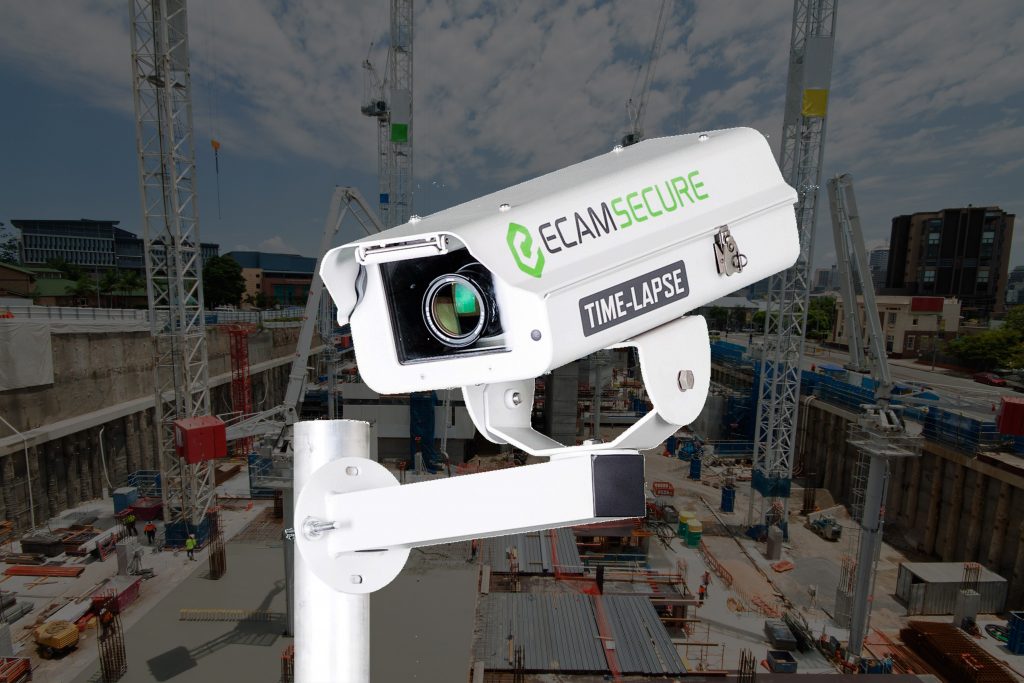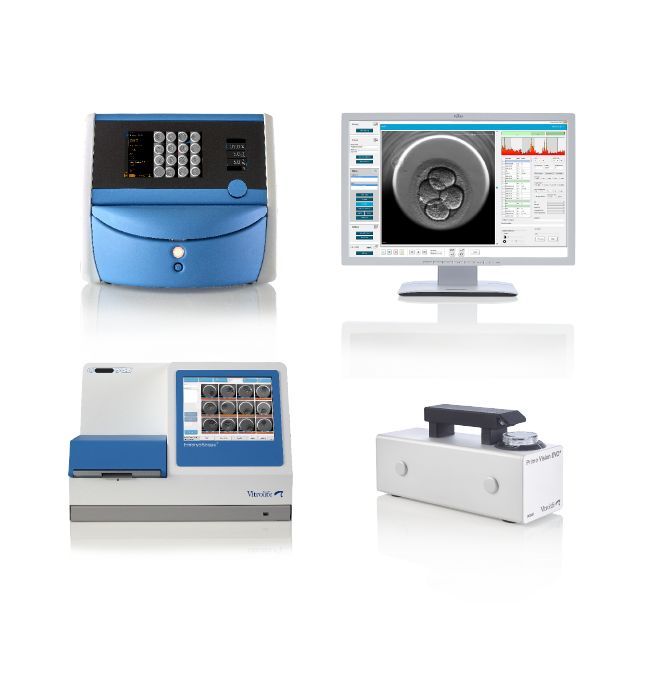

- #Time lapse tool key how to#
- #Time lapse tool key pro#
- #Time lapse tool key software#
- #Time lapse tool key free#
#Time lapse tool key pro#
Personally, I would not stretch your clip past twice its original length (50% speed) because there are only so many artificial frames that Premiere Pro can create before it becomes noticeable. And then, you can change the time interpolation to optical flow to artificially create frames to stretch the length of your clip. Then, you can stretch your clip using the selection tool (or speed and duration panel). Now you are editing your time-lapses together in Premiere Pro, but your time-lapse is not long enough.

50 means that the current frame will be 50% opacity one frame from now and 25% opacity the next and so on (assuming you starting intensity is 1). The decay is the percentage the frame’s opacity decreases by. Then, change the number of echoes to the number of frames after the current one you want it to be blended with. First, change the echo operator to “Composite in Back”. To smooth out this choppiness in the moving clouds, water, people, cars, etc., you can use the echo effect in After Effects. That means that you will have 6 seconds of gap time which could create some choppiness in your final time-lapse video. In time-lapse photography, you may have a 1 second exposure, but with a 7 second interval for slow moving clouds at sunset (if you did not use an ND filter). This is called the 180-degree shutter rule. Or in other words if your frame rate is 30fps (you are taking a new frame every 1/30 seconds), then your shutter speed should be 1/60 seconds. In traditional filmmaking, you want your exposure time to be half of your frame rate.
#Time lapse tool key how to#
If you want to learn how to use LRTimelapse with Lightroom Classic, I already wrote a tutorial for the Purdue Photography Club which you can read here.Īnother problem in time-lapses is the staccato effect. Additionally, LRTimelapse can natively read and write to the metadata used by Lightroom Classic so that you can apply the smooth transitions and deflickering settings directly to your raw photos. In order to process my time-lapses quickly, I use LRTimelapse which makes it easy to set key frames, create smooth transitions, deflicker your time-lapses, and much more. Flicker occurs because the changing light causes slight variations in the exposure of your image. This is important because a common problem in time-lapse photography is flicker, and Lightroom Classic alone cannot deflicker your sequence. Aside from being a long time user of all of Adobe’s products, Lightroom Classic is really the best way to edit time-lapses because of its ability to save metadata sidecar files (.xmp) so that it can be read by other applications. To start off, I edit my raw photos with Adobe Lightroom Classic CC.
#Time lapse tool key software#
Since I have just finished up a couple films this year featuring a handful of time-lapses, I thought I start out by sharing some tips about the best software to edit time-lapses and how to use them to deflicker, fix the staccato effect, remove birds/airplanes, and for time remapping.
#Time lapse tool key free#
Now that I am done with school and have more free time on my hands, I also hope to provide educational value through these blog posts too.

And through my stories and photos, I hope that maybe you got some entertainment value from it. Looking back, it has allowed me to document these memories from my adventures and relive these moments. Now, it has been about a year since I created this website which allowed me to share longer form stories that I could not share through a normal social media post. I have taken almost all of them on some sort of family trip, and they all bring back distinct memories of those adventures we shared together. And I am still in awe of the photos that I have taken.

Recently, I was just looking over my portfolio of photos that I have taken in the past couple years. Before I start my tutorial, here is a little story.


 0 kommentar(er)
0 kommentar(er)
